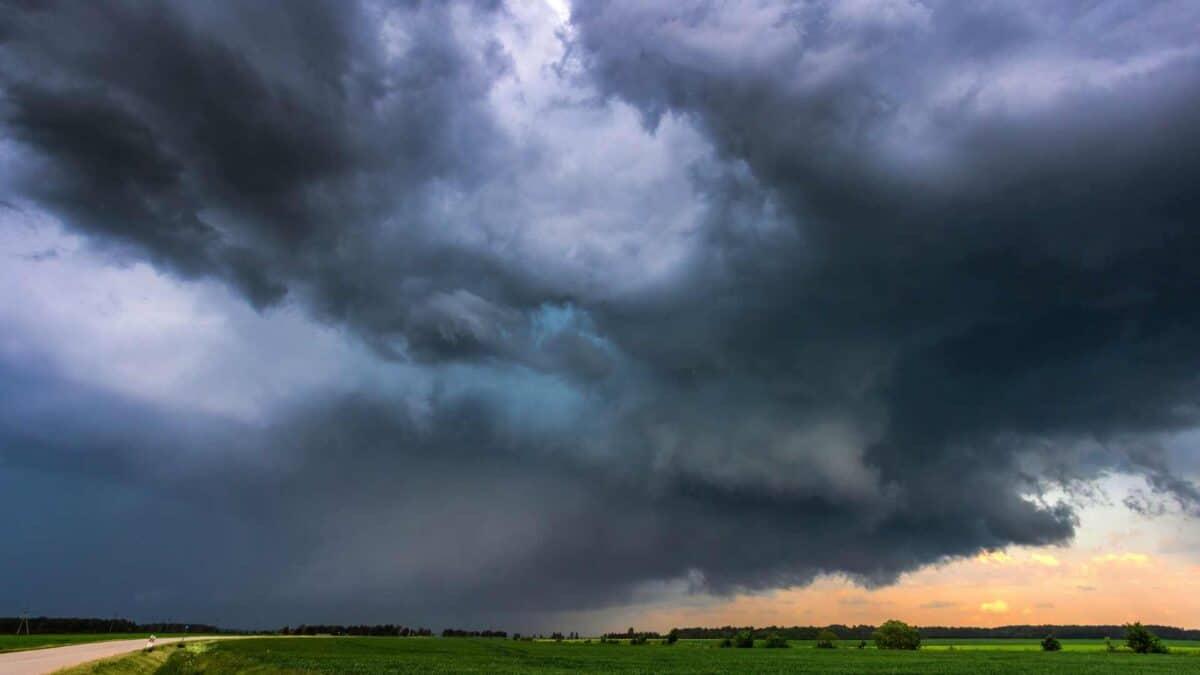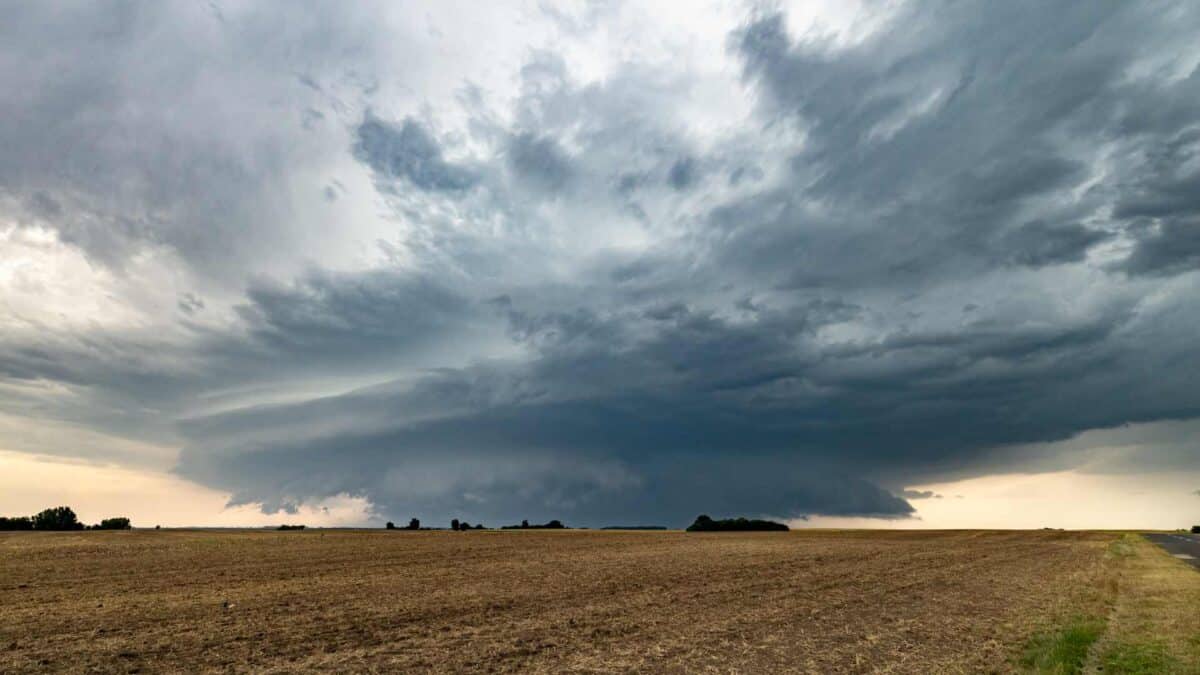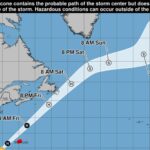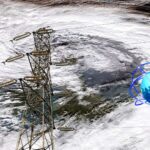
Supercell thunderstorms in Europe set to increase

Europe could see more frequent supercell thunderstorms as the climate warms, new research suggests. These storms, known for strong winds, large hail, and heavy rain, can cause major damage to property, agriculture, and transport, and pose risks to public safety.
A team of researchers from the University of Bern and ETH Zurich has created a high-resolution simulation that maps individual storm cells across Europe. The study, published in Science Advances, predicts a significant rise in storm activity in the Alpine region and parts of Central and Eastern Europe. On the northern side of the Alps, the number of supercell thunderstorms could increase by up to 50 percent if temperatures rise three degrees Celsius above pre-industrial levels.
European supercells have traditionally been tracked using weather radar, but differences in national networks make cross-border analysis difficult. Monika Feldmann from the Mobiliar Lab for Natural Risks at the University of Bern said the new climate model can simulate storms with a precision of 2.2 kilometres, providing unprecedented detail.

The team ran an eleven-year simulation and compared it with real storm data from 2016 to 2021. Feldmann said the model closely matches observed storms but slightly undercounts events, as it only captures storms larger than 2.2 kilometres and lasting more than an hour.
The Alps emerged as a consistent hotspot. The simulation shows around 38 supercells per season on the northern slopes and 61 on the southern slopes. With rising temperatures, storms in the region could increase by up to 52 percent north of the Alps and 36 percent in the south. Other regions, including the Iberian Peninsula and southwest France, may see fewer storms. Overall, Europe could face an 11 percent increase in supercell activity.
Share this WeathÉire story:







